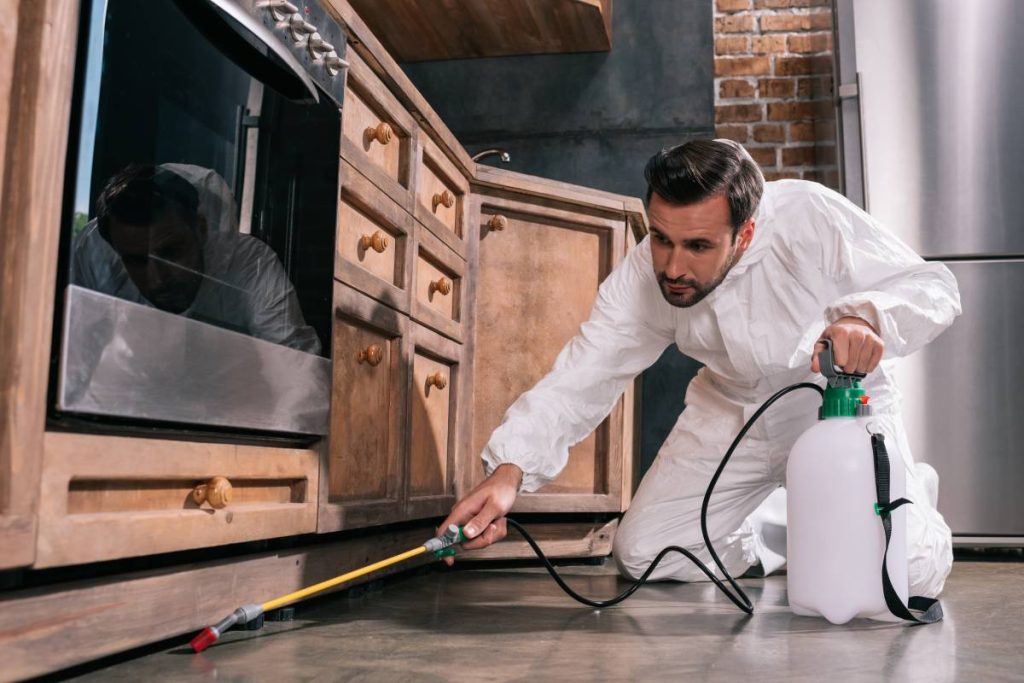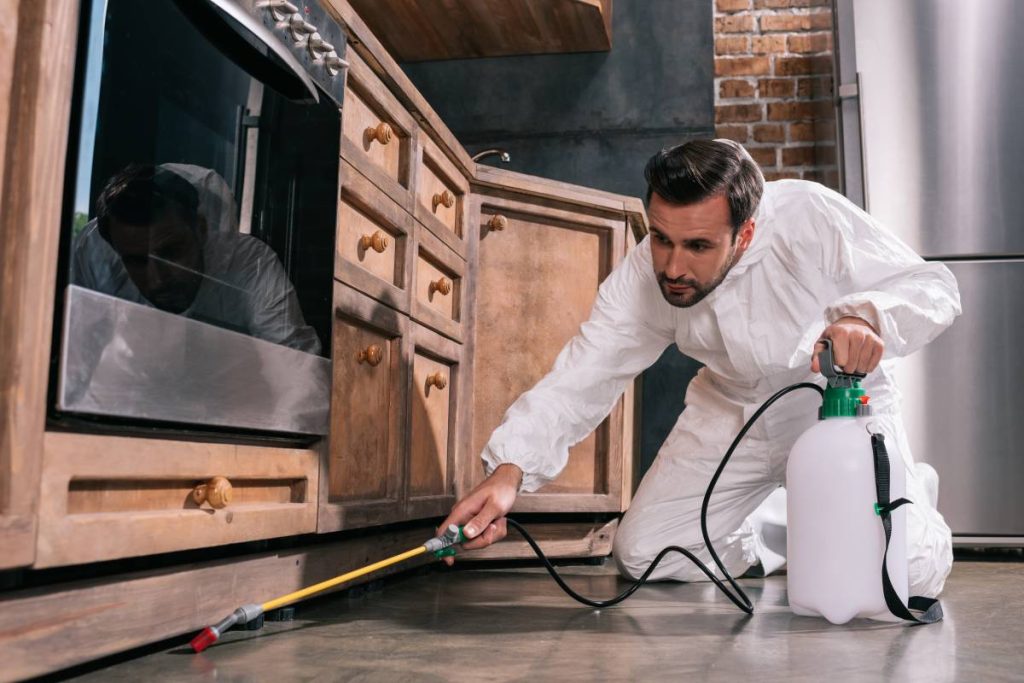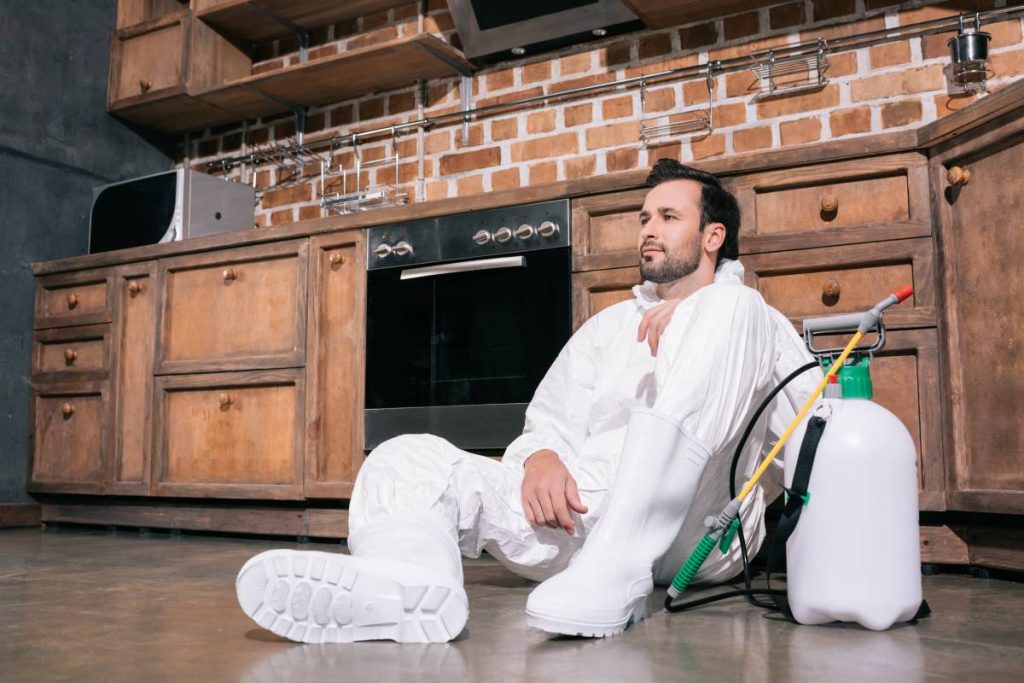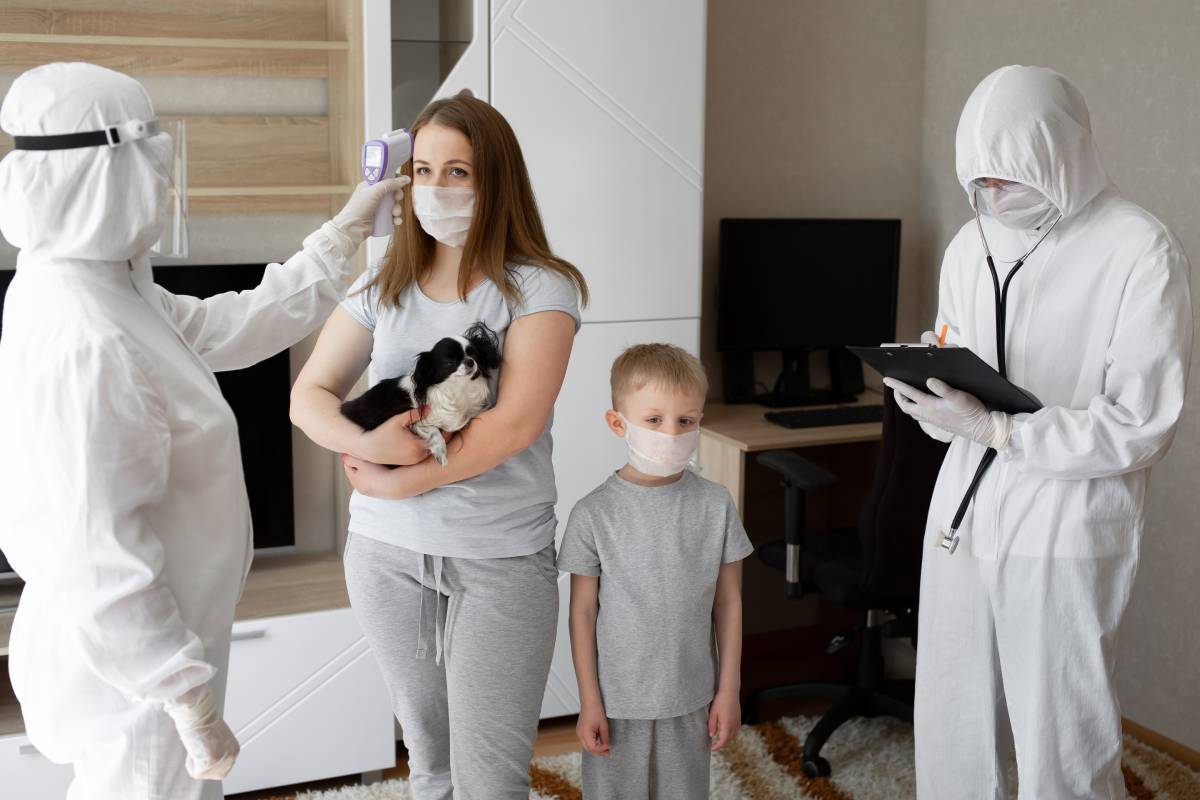Is pest control safe for the family? How long after treatment can you reenter your home? Read this for more information
Check for residue: Look for any residual pesticide or bait that might have been left behind in visible areas. Clean up any such spots carefully, following the pest control company’s guidelines.
When it comes to keeping your home free from pests, pest control is often necessary. However, the safety of your family is likely at the forefront of your concerns. Modern pest control methods have evolved to be more environmentally friendly and family-safe, but it’s important to understand what happens during treatment and how long you need to wait before returning home.
This article will answer these questions, giving you peace of mind while addressing common concerns regarding pest control treatments.
Understanding Modern Pest Control
Modern pest control has come a long way from the harsh chemicals of the past. Today, pest control companies often use Integrated Pest Management (IPM) techniques, which focus on minimizing chemical use while maximizing effectiveness. IPM involves a combination of strategies, including:
- Monitoring pests and identifying the best control methods.
- Using physical barriers and traps.
- Implementing biological controls, such as predators for specific pests.
- Applying chemical treatments when necessary, but with careful consideration for safety.
Pesticides are now designed to target specific pests without posing serious risks to humans or pets. Many treatments use low-toxicity products or natural alternatives. For example, boric acid, diatomaceous earth, and certain essential oils can effectively manage pests without being harmful to humans.
Is Pest Control Safe for the Family?
Pest control is generally safe for families when performed by a licensed and experienced professional like Pest Control Brisbane.com. Here are some key factors that contribute to the safety of modern pest control:

- Low-toxicity treatments: Pest Control Brisbane.com often uses chemicals specifically designed to target pests without causing harm to people or pets. Some treatments, like gels or baits, are applied in targeted areas where pests are active, reducing exposure to humans.
- Safety protocols: Pest control companies follow strict safety guidelines when applying pesticides. Technicians are trained to apply the correct amount of product, using tools that minimize exposure to non-target areas. They also consider factors like air circulation and surface contact to ensure safety.
- Personal protective equipment (PPE): Pest control technicians wear protective gear to prevent accidental exposure. This ensures that the treatment is safely applied and limits any direct contact with chemicals.
- Information sharing: Reputable pest control companies provide clear instructions on what to do before, during, and after treatment. They may ask you to vacate the premises for a certain period and explain how to prepare your home for the treatment.
Despite these safety measures, it’s important to be cautious, especially if you have vulnerable family members such as young children, pregnant women, elderly individuals, or pets.
What Chemicals Are Used in Pest Control?
Understanding the types of chemicals used in pest control can help you feel more confident about the treatment. Common chemicals used include:
- Pyrethroids and pyrethrins: Derived from chrysanthemum flowers, these compounds are commonly used to control a variety of insects. They are considered safe for humans and animals but are toxic to fish and aquatic life.
- Fipronil: Often used to control ants, termites, and fleas, fipronil is highly effective in small quantities. It targets the nervous system of insects but poses minimal risk to humans when used properly.
- Neonicotinoids: These chemicals affect the nervous system of insects and are widely used in pest control. While they are generally considered safe for humans, they have been linked to harm in bee populations, so professionals apply them with care.
- Boric acid: A natural compound used in pest control, boric acid is safe for humans in small quantities. It is particularly effective against ants and cockroaches.
- Diatomaceous earth: This natural, non-toxic powder is made from fossilized algae. It kills insects by drying them out and is safe for use around children and pets.
While these chemicals are considered safe when applied correctly, accidental overexposure can cause mild irritation or allergic reactions. It’s crucial to follow all post-treatment instructions to avoid any potential risks.

Preparing Your Home for Pest Control
Before pest control treatments, you’ll usually receive a list of things to do to prepare your home. These might include:
- Vacating the premises: Depending on the type of treatment, you may need to leave your home for a few hours to a few days. Pest Control Brisbane.com will inform you of the appropriate time frame.
- Covering food and utensils: Ensure that food, dishes, and kitchenware are stored away in airtight containers or covered to prevent contamination.
- Removing pets and plants: It’s often recommended to temporarily relocate pets and remove or cover houseplants to avoid exposure.
- Ventilating the space: Open windows and doors before and after the treatment to allow fresh air to circulate and help dissipate any lingering odours or chemicals.
Following these instructions will help ensure that the pest control treatment is effective and safe for your family.
How Long After Pest Control Treatment Can You Reenter Your Home?
One of the most frequently asked questions regarding pest control is how long you need to wait before returning home. The answer depends on the type of treatment used, but here are some general guidelines:
- For light treatments or spot applications (such as baits or gels): You may only need to stay away for a couple of hours. Once the treatment has dried, the house is typically safe to reenter.
- For more intensive treatments (such as whole-house fumigation): You might need to stay out for 24 to 72 hours. During fumigation, a pesticide gas is released into your home to eliminate pests. This gas can be toxic if inhaled, so it’s important to wait until the home has been properly ventilated and cleared by a professional.
- For outdoor treatments: If the treatment is applied outside, such as to the garden or the perimeter of your home, it’s usually safe to return indoors relatively quickly—often within 1 to 3 hours. However, avoid going into the treated area until the product has dried.
Pest Control Brisbane.com will give you specific instructions on how long to stay away, depending on the products used and the severity of the infestation. It’s important to follow these guidelines closely to ensure the treatment is safe for your family.

Reducing Exposure After Reentry
Once you’re allowed to return home, take these additional steps to reduce any residual exposure:
- Ventilate the home: Even after the reentry period, keep windows and doors open for a few more hours to ensure that any lingering fumes or vapours are cleared out.
- Wipe down surfaces: In areas where food is prepared or served, wipe down countertops, tabletops, and any other surfaces that might have been exposed.
- Wash linens and fabrics: If beddings, cushions, or clothing are exposed to pesticides, wash them thoroughly before use.
- Check for residue: Look for any residual pesticide or bait that might have been left behind in visible areas. Clean up any such spots carefully, following the pest control company’s guidelines.
Special Considerations for Pets and Children
Pets and children are more sensitive to chemicals, so extra care should be taken after pest control treatments. Keep these guidelines in mind:
- Children: Because kids often play on the floor and put their hands in their mouths, avoid letting them touch treated surfaces until they’ve been thoroughly cleaned. It’s also wise to keep them out of treated areas for longer than the recommended reentry period, just as a precaution.
- Pets: Ensure that pets are kept out of treated areas until all products have dried. Birds, in particular, are highly sensitive to fumes and should be relocated until it’s safe for them to return.
Conclusion
Pest control, when performed by Pest Control Brisbane.com, is generally safe for your family and pets. By following the recommended safety guidelines, preparing your home properly, and giving it enough time to air out after treatment, you can ensure a safe and effective solution to your pest problems.
Always communicate with your pest control provider to understand the specifics of your treatment and the appropriate reentry time. This way, you can keep your home pest-free while maintaining a healthy environment for your family.



